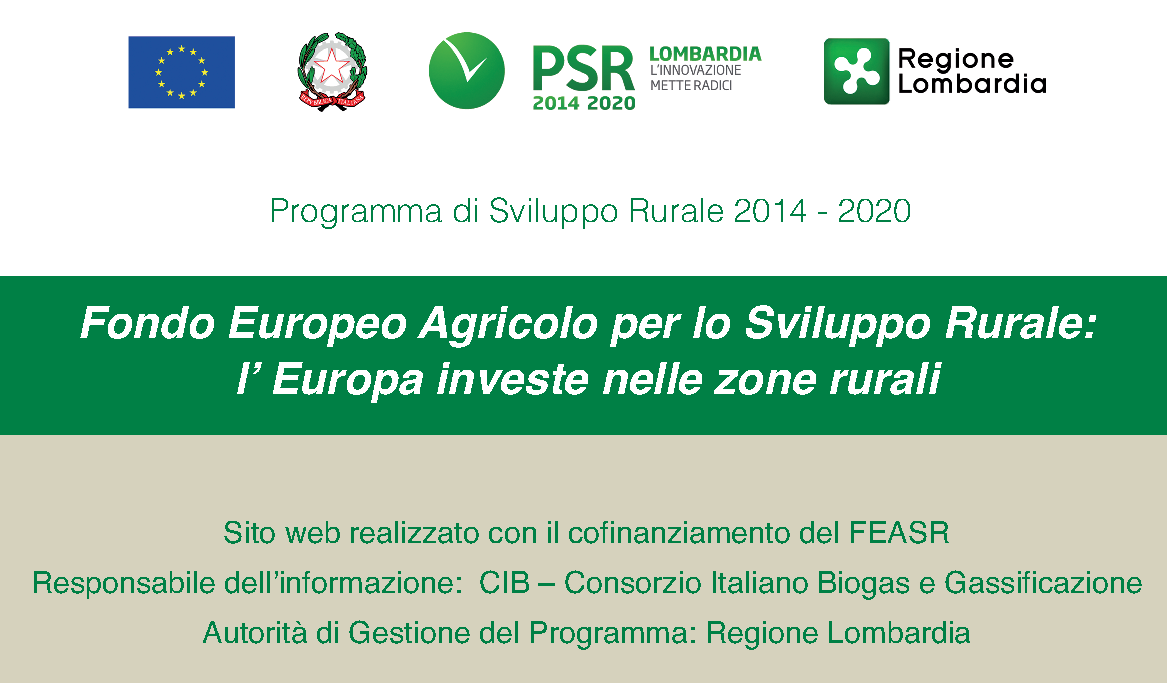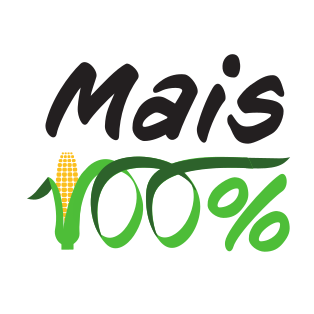Project
The maize is a typical crop of the Po Valley that have different destinations: human food (flour, grain or sweet maize) or it is the basis of the zootechnical feed (silage or wet grain mash) for dairy and meat cows and for fattening swine. Maize can provide also biomass for the production of bio-based materials for a circular bioeconomy perspective.
Despite the fundamental role that maize has for Italian zootechnical and food chains, the sector is in crisis. At the national level there was a significative reduction of food grain corn cultivated surfaces from about 1 million ha in 2006 to the about 600.000ha actually involved. In the same period, the surfaces for silage maize for feed are little increased.
The need of increasing technical, environmental and economic efficiencies of the livestock supply chains and the need to gain the economic opportunities of 'new markets' - both food (food, feed) and energy (fuel) and, more recently, biochemical (materials) - requires at Lombard and Po Valley farms to identify new systems capable of fully exploiting the cultivation of maize, enhancing its versatility. For those reasons, the valorisation of significative quantity of underutilised biomasses with high energy and degradability potential, such as stalks, cobs and bracts, could be a good opportunity to return competitivity at whole maize value chain. To reach this objective is necessary to develop innovative work systems that allows a convenient harvest of crop products and by-products related to the destinations.
In Italy the work systems for harvest and transport are not much used despite the huge interest of farmers for the possible use of maize by-products.
In fact, those biomasses have an interesting productive potential and, considering their physical-chemical characteristics, can be used as raw material in two of the most important value chains of the ceral-zootechnical sector in Lombardy and Po Valley:
- zootechnical use, as a feed for young cows or as a bedding material
- energetic use, as organic matter for anaerobic digestion plants to produce biogas and biomethane in perspective.
Target
The objective of the project is the evaluation of different and innovative systems for the harvest of maize by-products in order to compare their efficiency and functionality. In this way better technical solutions for farmers needs will be indentified in order to well valorise maize by-products.
Expected results
Identification of the best agricultural machinery for harvesting corn residues both in terms of efficiency and economy. Through field tests we will characterize the harvested material, the unharvested residue, working time and performance and biomass quality.
Innovation
Analysis of the mechanization chain (harvesting, shredding, transport) for corn residues (stalks, cobs, bracts) utilization, by identifying and verifying the optimal use of the machines in relation to the type of soil, the previous crops, the adjustments operating conditions (cutting height, forward speed, rotation speed of the cutting tools, etc.).
Quantitative and qualitative results of innovative mechanization chains for the utilization of maize residues (already partially studied in Europe and the USA), adapting them to the Italian specific conditions. The accurate monitoring and quantification of the performances offered by the various solutions in different farming conditions will bring strong benefits to the entire Lombardy and Po Valley grain-livestock production sector which - in the short term - will be able to take advantage of valuable technical-operational information directly resulting from farm scale tests.

Enhancing the value of all maize by-products: greater efficiency and environmental protection
About us
Maximize the productivity, efficiency, competitiveness and sustainability of the maize value chain in Lombardy. Farmers and scientific partners together to develop a system of circular agriculture that improve production and environmental sustainability.

